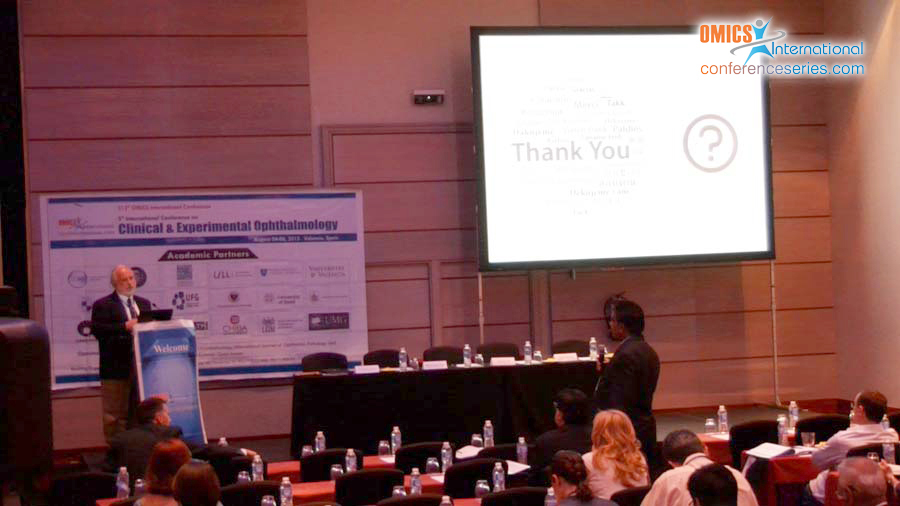
Francisco Javier Carreras
University of Granada
Spain
Title: Glaucoma as a toll for hominid evolution: Constrains of the experimental animal models of glaucoma
Biography
Biography: Francisco Javier Carreras
Abstract
Glaucoma continues to be a mysterious disease. High intraocular pressure (IOP), once the landmark of the disease, has been relegated to the humble role of risk factor, in spite of the fact that lowering IOP continues to be the only partially successful treatment. Even with a successfully controlled IOP to statistical standards, many patients still mysteriously progress in the loss of neural tissue. A novel pathogenetic mechanism has been recently suggested as the main agent of the disease. Under this new light, some structural details of the human eye, the result of the peculiar evolutionary development, gain an unexpected role in the presentation of the disease. As results of cladistic analysis, the human eye appears as particularly prone to suffer glaucoma as a consequence of the pursued evolutionary path. That makes glaucoma basically a human (and related hominid) scourge. Exclusive features of the human eye compared to other vertebrates involve both the anterior and posterior segment. Those features that facilitate glaucoma in humans are absent in many of the purported animal models for the disease, convoluting even more, for its inadequacy, the mystery of glaucoma. This suggests the division of the animal models into those that mimic the whole disease and those that only reproduce a pertinent histological feature. Unfortunately most animal models are based in high intraocular pressure which leaves out most cases of low or moderate pressure. For any animal model, it is important that the researcher establishes accurately the constraints of the model, to avoid jumping to conclusions.


